Note: Before the launch of the Open Philanthropy Project Blog, this post appeared on the GiveWell Blog. Uses of “we” and “our” in the below post may refer to the Open Philanthropy Project or to GiveWell as an organization. Additional comments may be available at the original post.
As noted previously, I’ve been investigating the question: How does the “good accomplished per dollar” of life sciences funding compare to that of other giving options (such as LLIN distribution)? At this point, I believe that there is very little in the way of academic literature that can shed light on this question. I’ve put together some very limited and preliminary analysis; to produce something better, I’d want to work with both generalist scientific advisors and at least one economist.
Existing literature
In order to assess the existing literature on returns to life sciences funding, we have:
- Examined a review of economic literature on measuring the returns to R&D in general (Hall, Mairesse and Mohnon 2009) and some of the papers it references. The literature discussed in this review tends to focus on private industry R&D, and does not appear highly relevant to the question we’re focused on.
- Examined a review of literature on “the impact of publicly funded and biomedical research” (Sampat 2011) and some of the papers it references, and spoken to the author.
- Read Measuring the Gains from Medical Research: An Economic Approach, spoken briefly with one of the authors, and spoken with another economist he referred us to.
Our takeaways on the relevance of this literature for our purposes:
- Some research focuses on the role that general scientific research and technology innovation has played in reductions in the burden of disease, and generally concludes that it has played a major role (see, in particular, Chapter 4 of Measuring the Gains from Medical Research: An Economic Approach, which discusses heart disease, and The Contributions of Improved Therapy and Earlier Detection to Cancer Survival Gains, 1988-2000 which discusses cancer).
- Some research attempts to disentangle the roles of publicly and privately funded research, and otherwise isolate which kind of research has been responsible for humanitarian gains (and on what timescales); we haven’t found this work compelling.
- Some research attempts to quantify the economic value of past reductions in disease burden, and juxtapose it with the amount the U.S. spends on public research (without directly estimating how much of the reduction is due to public research). This research generally concludes that benefits are significant and far outweigh the costs. For example, chapter 1 of Measuring the Gains from Medical Research: An Economic Approach argues that the value of improved life expectancy over the last ~100 years (monetized using the value of a statistical life framework) is comparable to total measured GDP growth over that time; chapter 2 estimates that gains from 1970-2000 were worth about $46 trillion total, net of increased spending on health care, as against an NIH budget of ~$35 billion per year as of 1995.
- Overall, relatively little has been done in this area, and we haven’t found any research that attempts to (a) make forward-looking estimates of the likely future returns to investments in life sciences; (b) estimate the value of the marginal (as opposed to average) dollar spent on research.
An extremely rough forward-looking cost-effectiveness analysis for cancer research
I created a rough forward-looking cost-effectiveness analysis for cancer research, in order to start thinking through what a more sophisticated analysis would look like. The analysis is available here. Note that:
- I chose to focus on cancer because (a) most of the burden is via mortality rather than morbidity, and I believe mortality statistics to be generally easier to access and verify than morbidity statistics; (b) because cancer is a politically popular disease for research funding, it’s likely that the “official” cancer budget of the NIH is a reasonable proxy for – or perhaps overestimate of – how much is being spent on cancer research. (By contrast, if I focused on a less politically salient disease, I’d worry that I was substantially undercounting the funding directed toward it, as funding that was officially earmarked for more popular diseases could effectively be financing highly relevant research. In the case of cancer, while I expect some research outside the National Cancer Institute to be relevant to cancer, I also expect some National Cancer Institute research to be highly relevant to other diseases, and I think it is not unreasonable to think of the National Cancer Institute budget as approximating the “costs of scientific progress on cancer.”)
- I would guess that cancer research produces less benefit per dollar spent than research in many other categories, partly because I perceive cancer as having a relatively large amount of interest from funders.
- This estimate applies only to the average, not marginal, dollar of research funding.
- I’ve estimated the “future reductions in the burden of cancer attributable to publicly financed research” at 50% based on Dario’s input and some checking of whether this would be consistent with past reductions in the burden of cancer (more in the spreadsheet).
- I’ve only considered the National Cancer Institute budget; I haven’t considered private philanthropic funding, overseas funding, private R&D costs or potential increased health care costs (though it’s possible that stronger progress on the basic science of cancer could lead to lower R&D costs and health care costs, if it leads to drugs with stronger and easier-to-prove effects).
- I’ve only considered the U.S. burden of cancer, not the global burden.
- I’ve only considered mortality, not morbidity.
The estimate is ~$2800 per life-year, which is substantially worse than our estimate of ~$80/DALY for LLIN distribution, but not so much worse as to make it implausible that well-directed scientific research (as opposed to “the average dollar spent on cancer research”) could have greater (even substantially greater) benefits. In order to create a better estimate down the line, I would want to:
- Focus in on a particular kind of highly promising research, to the extent possible, and attempt to focus on the future impact of the marginal rather than average dollar. This would require views about the best opportunities within life sciences funding and their possible product, of the kind that would require substantial input from scientists.
- Take private philanthropic, industry, and international funding into account; have a more sophisticated picture both of which funding to count as being “toward” the goal in question.
- Take the international burden of disease into account, and include morbidity as well as mortality.

